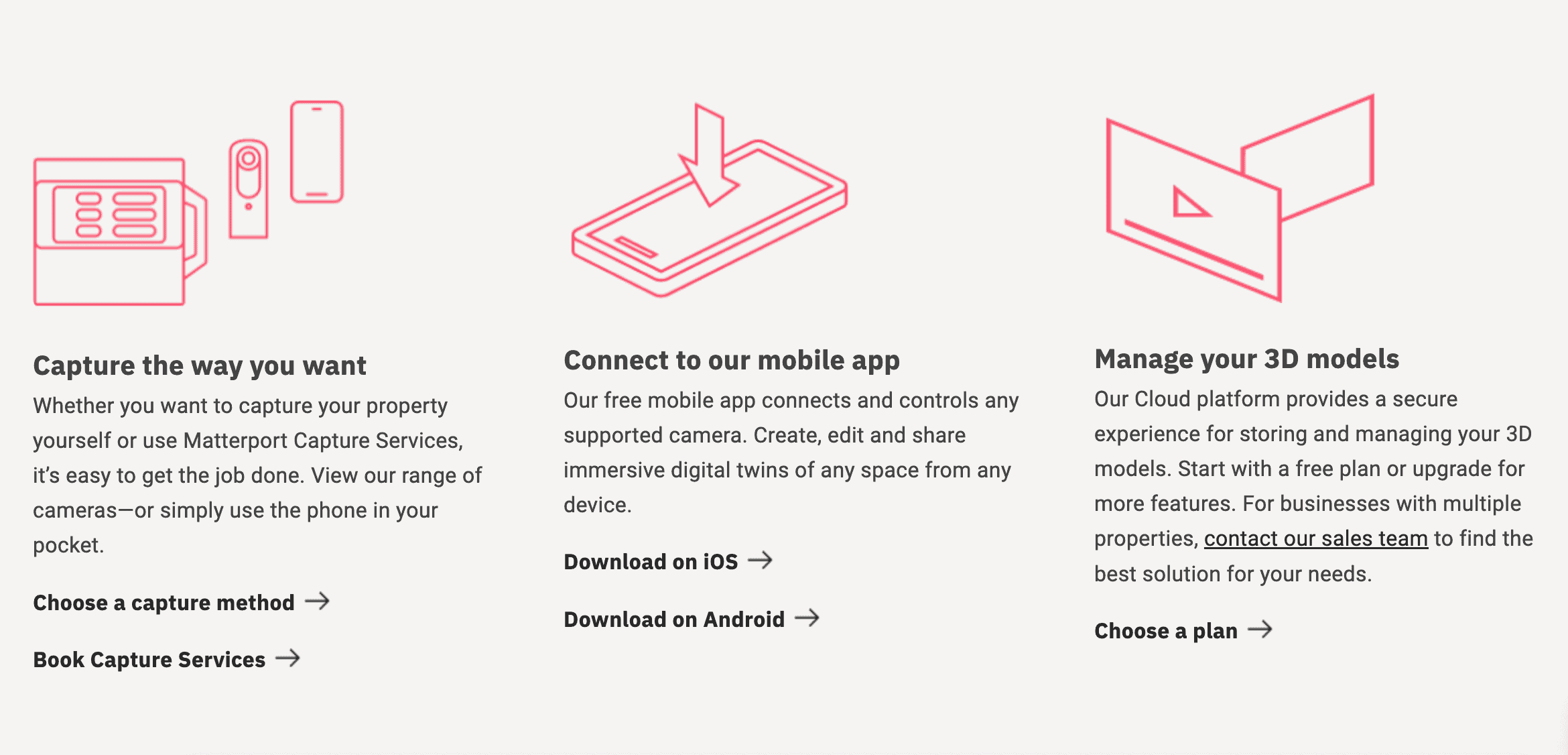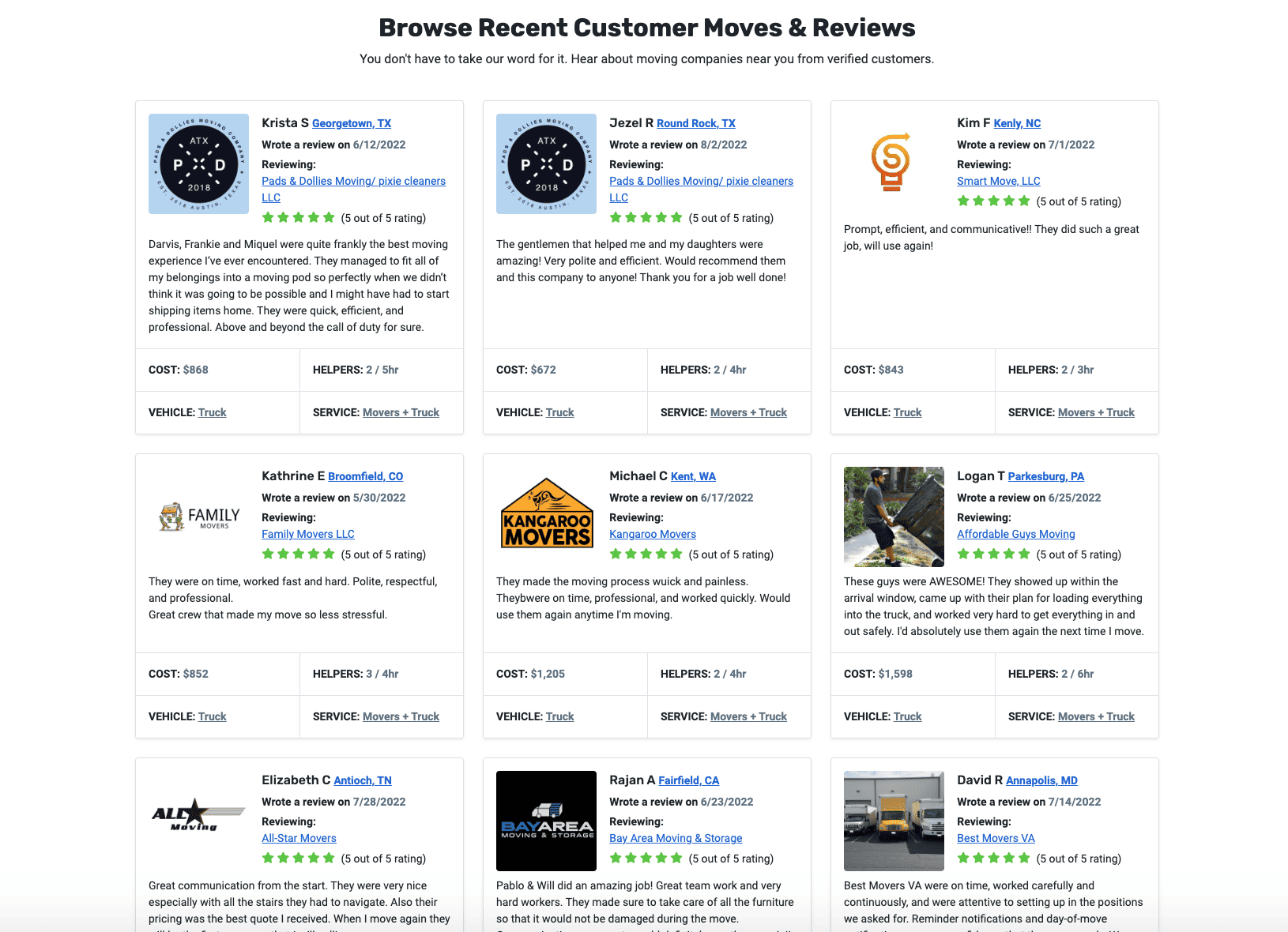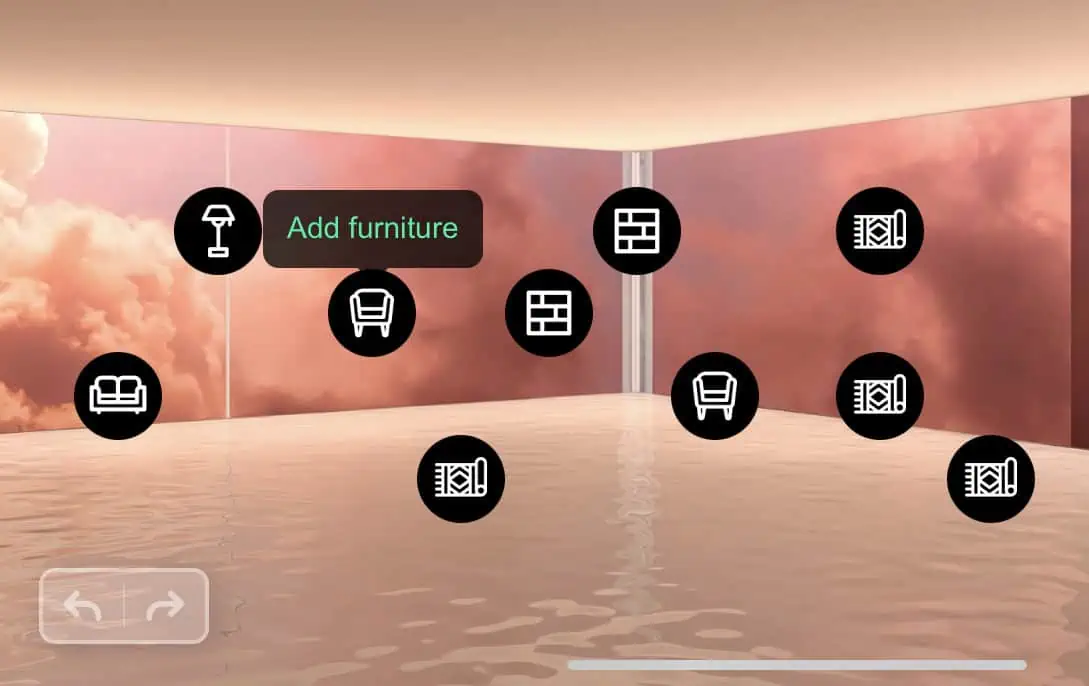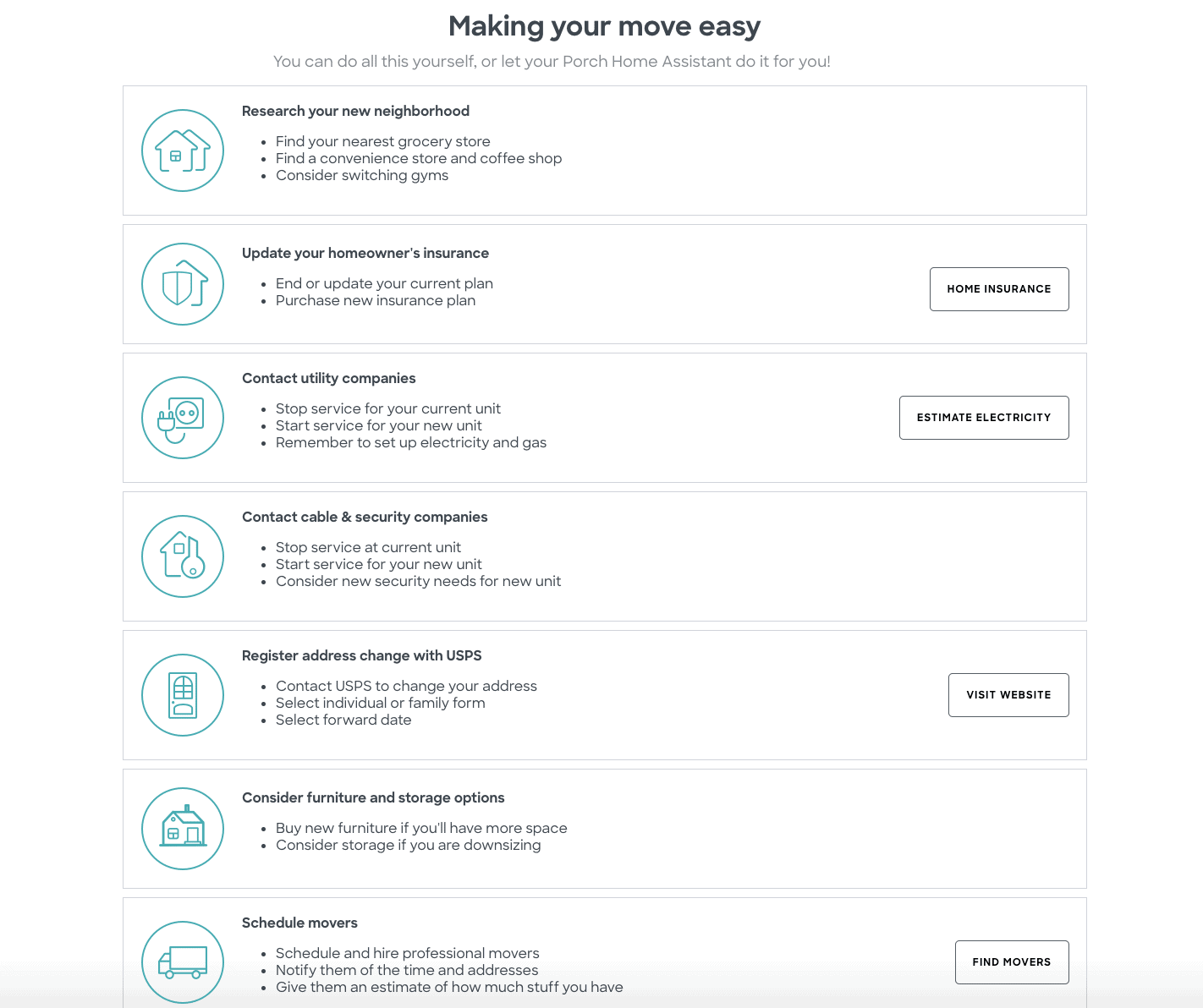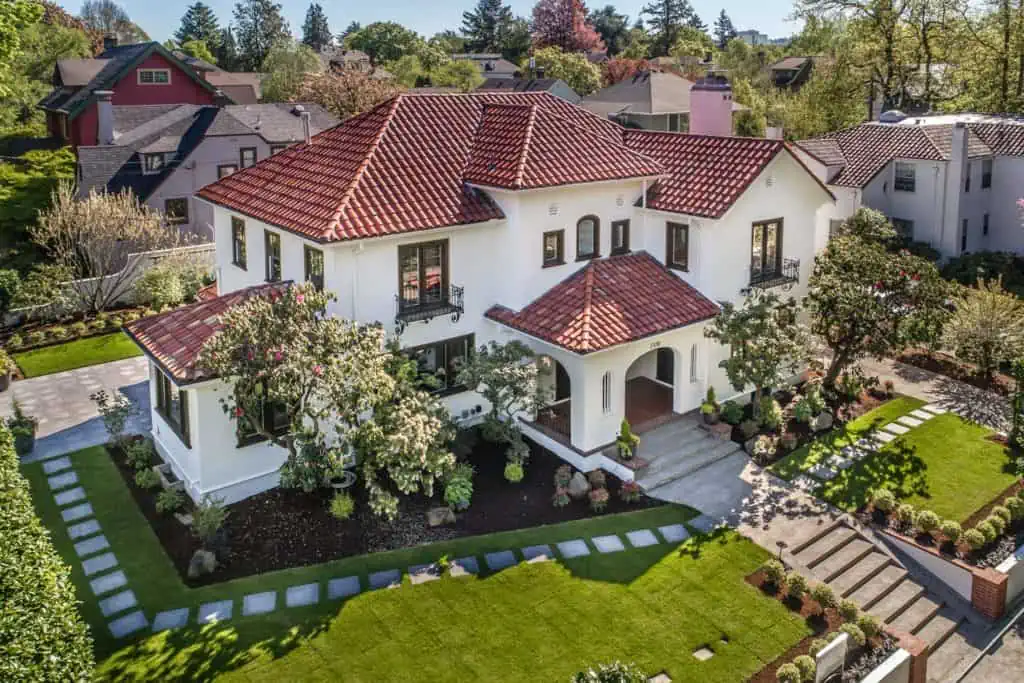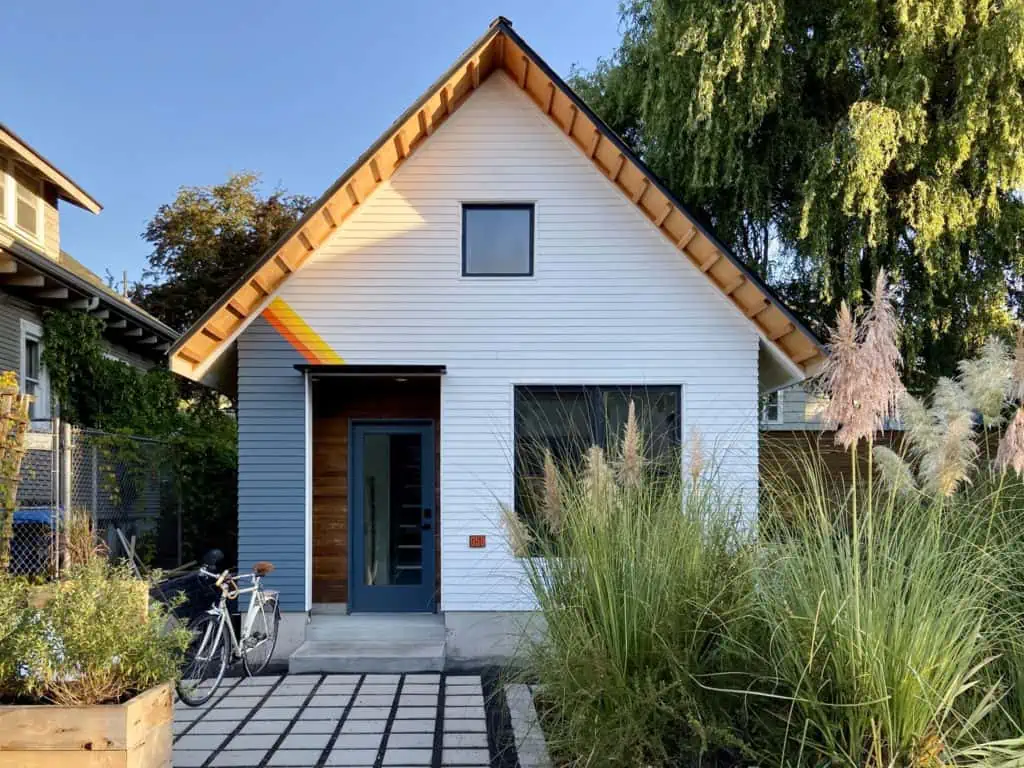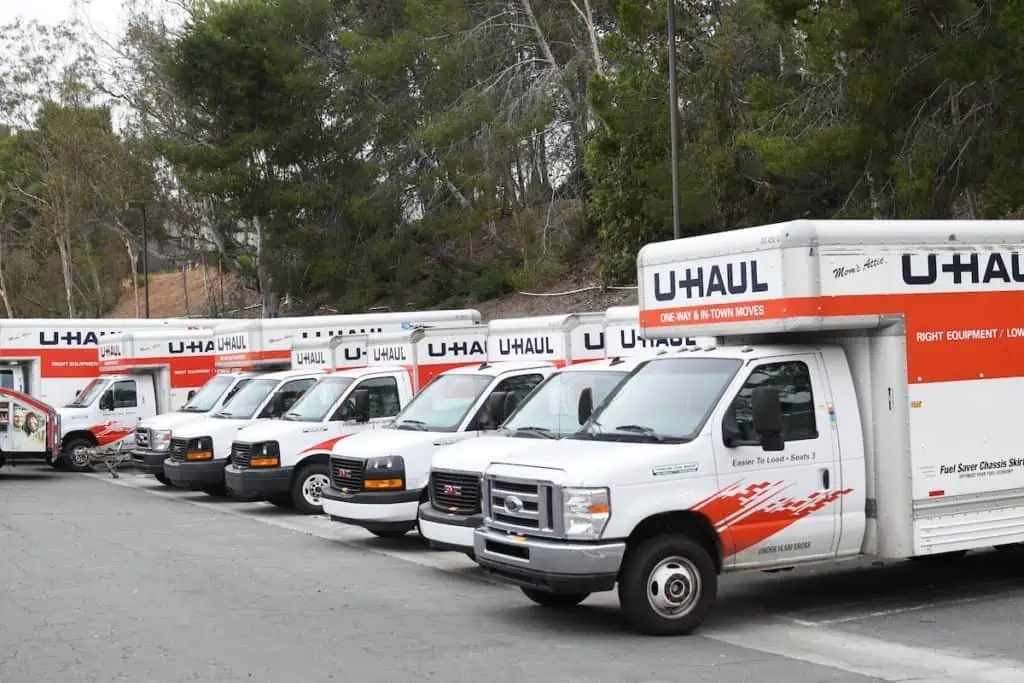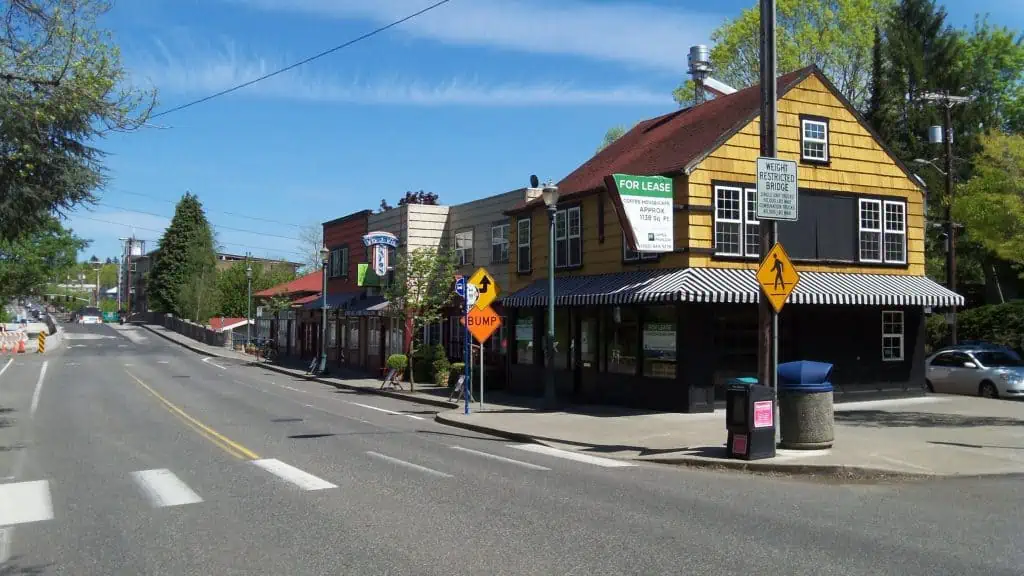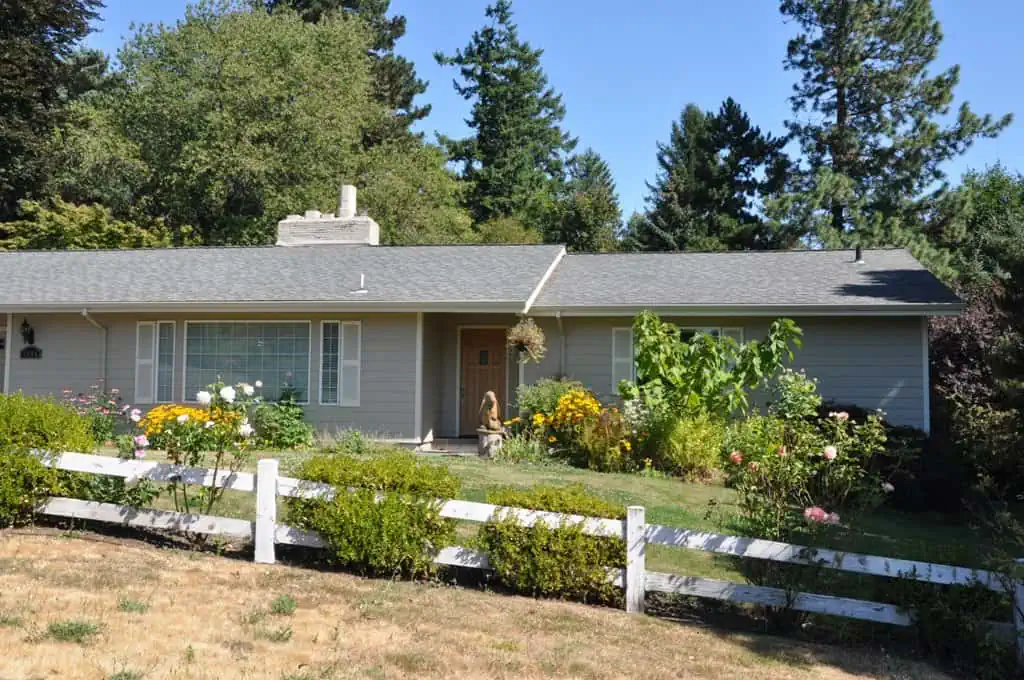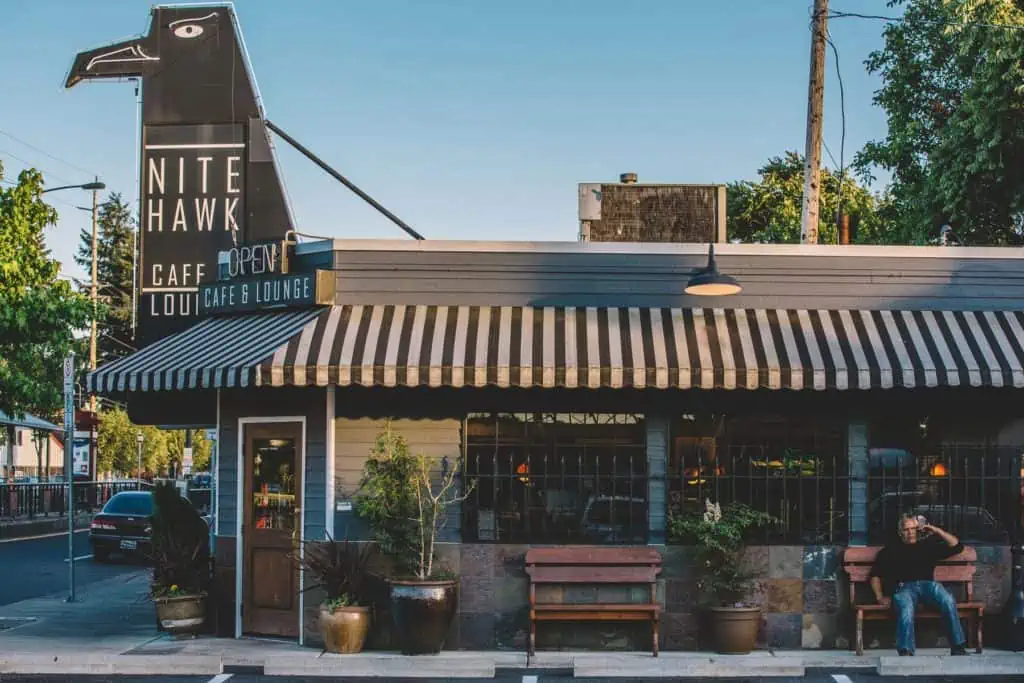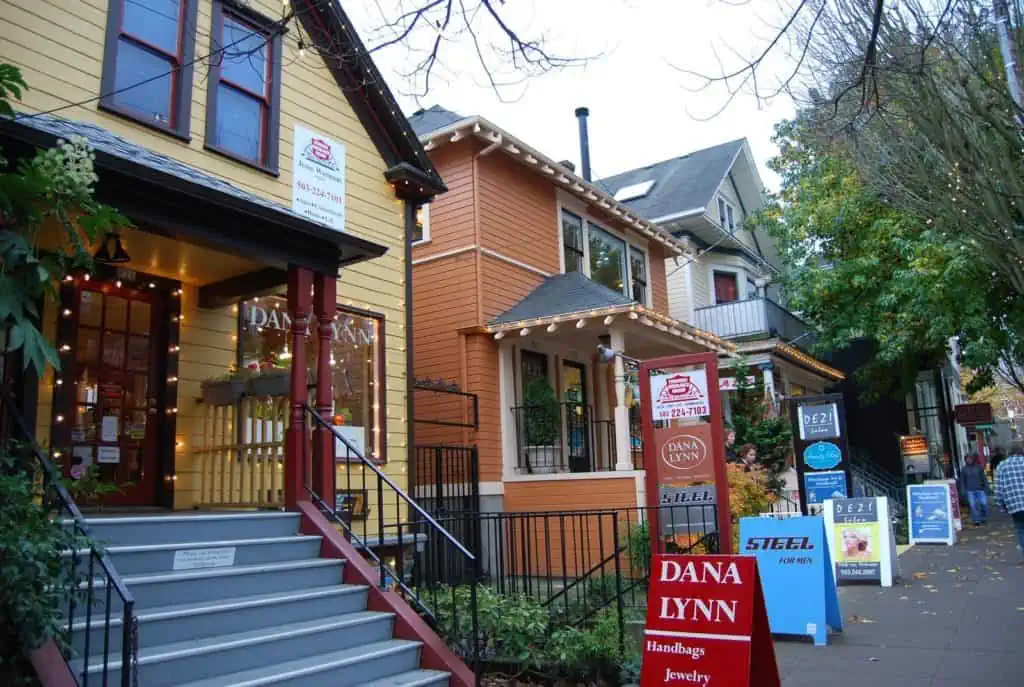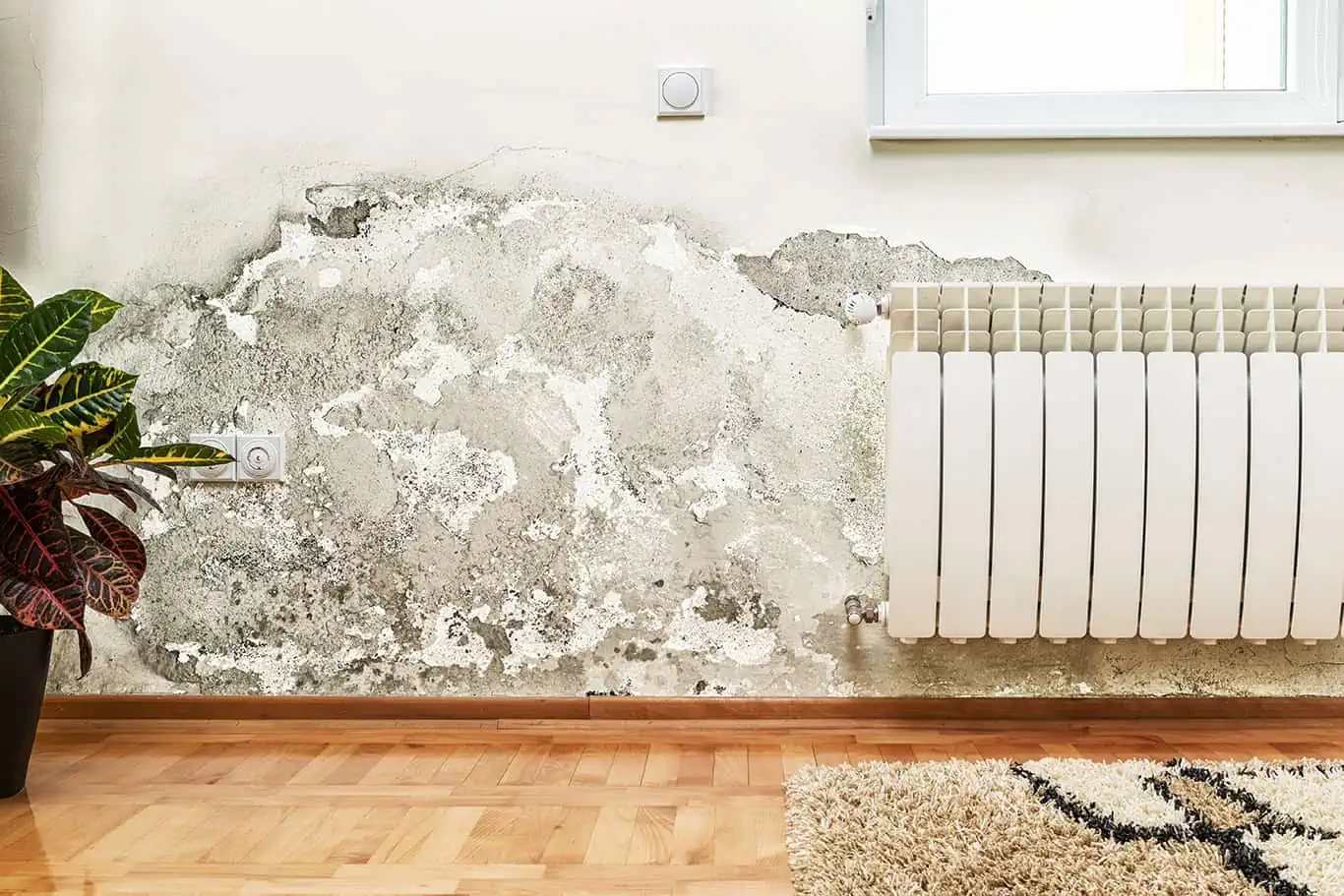Key Findings
- 63% of renters across the biggest U.S. metropolitan areas are priced out of home ownership (up from 61% last year)
- The majority of renters can’t afford to own a home where they live in 205 out of 260 metros (78%)
- At least 90% of renters are priced out of home ownership in 16 American metro areas, nine of which are in California
- In two metropolitan areas, Prescott, AZ and San Luis Obispo-Paso Robles, CA, less than 1% of renters would be able to afford buying and owning a median-priced home
- Kalamazoo-Portage, MI, Jackson, MI, and Johnstown, PA are the only three metros where more than 80% of renters could afford to own a home
In 2022, a study by Porch, a nationwide home-service company, found 61% of renters in the U.S. were priced out of homeownership, meaning they were not able to afford to buy and own a home in the same city where they rented.
In 2023, applying that study’s same methodology to the most recent home-owner data resulted in an estimate of 63%. In other words, today, nearly two-thirds of renters can’t afford to buy a home in the metro where they live.
To gain a better understanding of this huge number, we examined housing affordability by comparing renter incomes to home prices using the most recently available data for 260 metropolitan areas in the United States.
Home Prices Have Dropped, Why Aren’t Homes More Affordable?

At the end of last year, the National Association of Realtors’ Housing Affordability Index reached its lowest point since 1965. It hasn’t been this hard for a family with an average income to qualify for a mortgage loan on an average-priced home in over six decades.
Why hasn’t a drop in home prices led to greater affordability?
For starters, mortgage interest rates are at 6.65% according to Freddie Mac — the highest they’ve been since the Great Recession. This means potential mortgage repayments for buyers would be a lot higher than they would have been even just a few years ago.
“It hasn’t been this hard for a family with an average income to qualify for a mortgage loan on an average-priced home in over six decades.”
Secondly, there aren’t enough affordable starter homes. In part, that’s because there are simply not enough homes for sale in general after a pandemic buying frenzy. On top of that, there is simply put, a lack of cheap new homes. Roughly 63% of all U.S. homes were selling for over $400,000 by the end of 2022.
Finally, there’s the pervasive issue of inflation and the increasing cost of goods, services, and rent, leaving less money in Americans’ pockets. Despite dropping to 6.5% in recent months, it’s still way higher than the pre-pandemic 1-2% rate.
Now that we know more about why housing is less and less affordable, let’s get into where all this leaves American renters wanting to buy a home in 2023.
See prices for movers by the hour – instantly.
Read real customer reviews.
Easily book your help online.
Further Out of Reach: The Majority of Renters Can’t Afford To Own a Home in 205 out of 260 Metros
To estimate the percent of renters priced out, we assumed a scenario where a first-time buyer put down 6% of the home value, obtained a 30-year fixed-rate mortgage with a 6.65% interest rate (an average rate), and aimed to keep mortgage repayments to a maximum of 30% of the household income, as per the famous Housing and Urban Development guideline.
“…in two major U.S. metropolitan areas, the share of renters priced out of home ownership is a staggering 99%!”
With current income levels and home prices, this scenario is completely unattainable for the majority of renters in 205 out of 260 metropolitan areas in the United States. That’s in nearly eight out of the ten (78%) most populated areas in America where renters have no realistic chance at home ownership.
In the Porch study from 2022, there were 184 metros where home ownership was unaffordable for 50% or more renters living in them.
This overall increase seems to suggest the affordability crisis isn’t just deepening in areas already struggling with affordable homes, but is actually expanding to more metropolitan areas across the country.
Mission Impossible: In Two Metros, Home Ownership Is Unachievable for 99% of Renters
Last year’s study uncovered 13 major U.S. metro areas where at least 90% of renters wouldn’t have been able to afford home ownership based on their income. This year, there are 17 of them!
What’s different about this year’s findings, however, is that in two major U.S. metropolitan areas, the share of renters priced out of home ownership is a staggering 99%!
Those areas are San Luis Obispo-Paso Robles, CA and Prescott, AZ, where the home prices are prohibitively high to be affordable for the absolute majority of people who rent in these areas. Homes in San Luis Obispo and the area being unaffordable is nothing new, but affordability dropping in Arizona and Prescott, AZ specifically is something that’s started happening recently, according to local reports.
Of the 17 places in the U.S. where the income of 90% of renters would prevent them from being able to afford a home, nine are in California with cities like Los Angeles (94.3%), Salinas, CA (92.9%) and San Diego (92.6%) all with an appearance on the list.
Hawaii and Colorado each have two metros on this list, but, rather surprisingly, so does Charleston-North Charleston, SC, where some 91.6% of renters are priced out of home ownership. Turns out, housing has been too expensive in the area for a while, but the local government does seem to be stepping in and building more affordable homes, according to reports.
The Modest Midwest: Two Michigan Metros Among Three Most Affordable Places for Renters
Like last year, Johnstown, PA leads the pack in terms of affordability of local housing for those on typical renter incomes. Nearly 90% of people who rent in the area earn enough to cope with the costs of home ownership if they were to buy a home in the area.
The only two other metropolitan areas where owning a home without repayments crosses the affordability threshold of 30% of the household income are in Michigan. Those places are Jackson, MI, (11.9%) and Kalamazoo-Portage, MI (13.3%).
Looking at the 10 most affordable areas for renters looking to jump onto a housing ladder without it breaking the bank, five are either in Michigan or Illinois, while a total of three exist in Pennsylvania.
See All the Data for Yourself
To see how affordable homeownership is for renters in your city or metro, check the table below.
Methodology, Data Sources, Calculations and Assumptions Made
Income levels of renter households and their % of all households in each metropolitan area were taken from the 2022 release of the Annual Social Economic Supplement to the Current Population Survey, as available via Integrated Public Use Microdata Series (IPUMS). Home prices were taken from Zillow.
% of renters “priced out” was calculated as the percentage of renters in each metropolitan area whose income wouldn’t be sufficient to keep potential mortgage repayments to 30% of gross monthly income (Source: United States Department of Housing and Urban Development).
Mortgage repayments were estimated using the following assumptions:
-
Median home price in the metropolitan area
-
6% down payment (Source: National Association of Realtors)
-
30-year mortgage (Source: Bankrate)
-
6.65% interest rate (Source: FreddieMac)
Illustrations by Daniel Fishel


